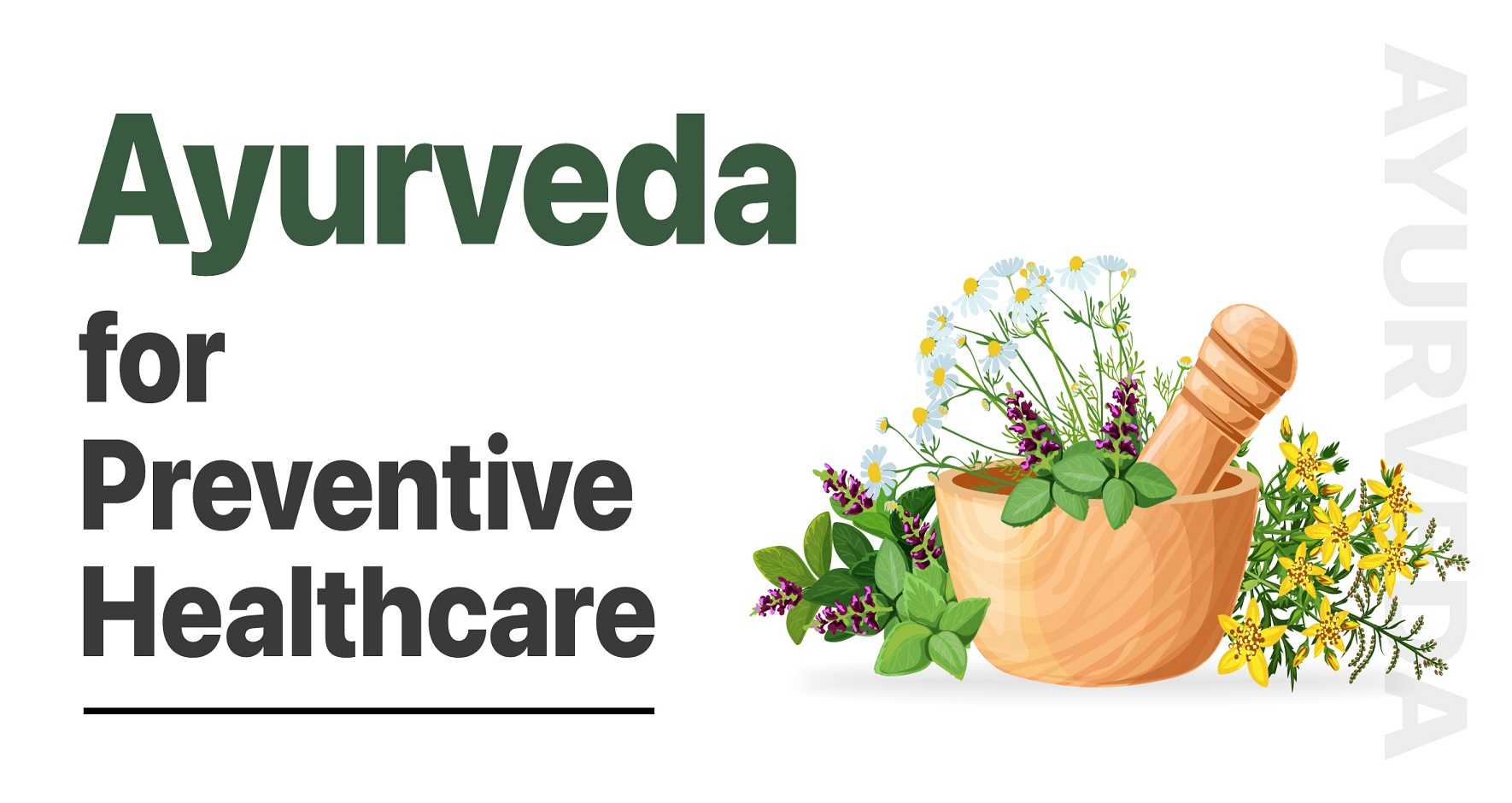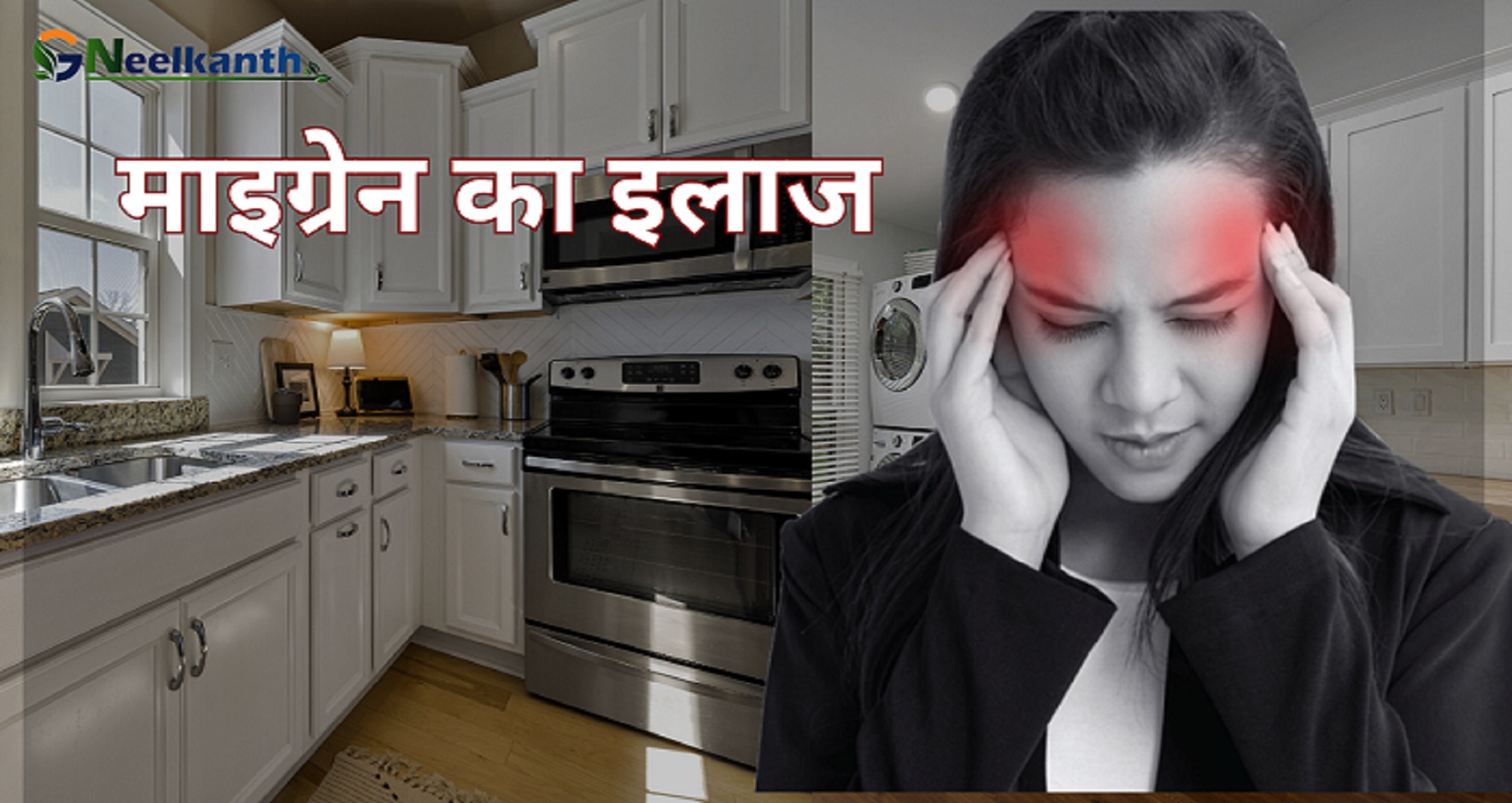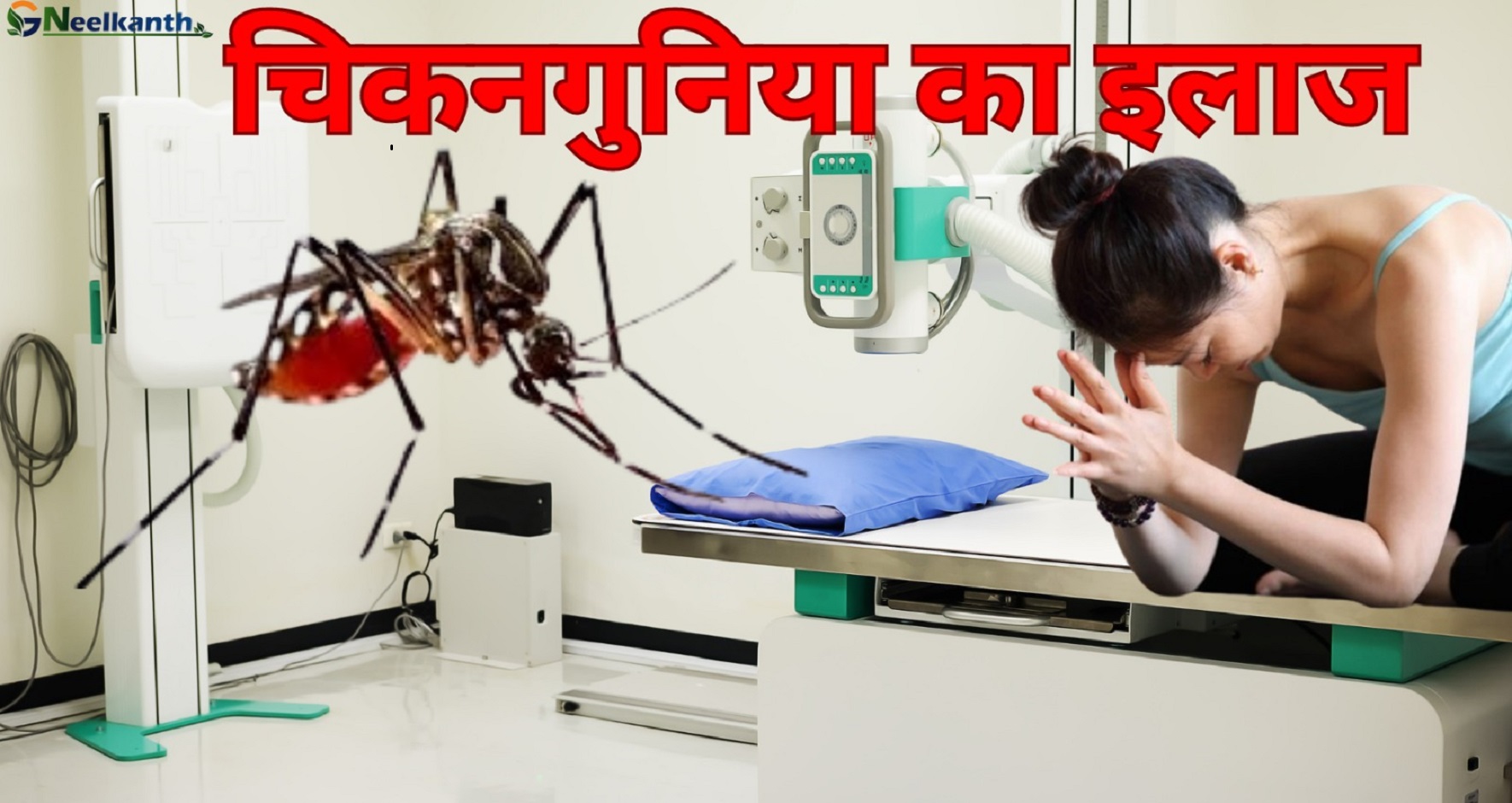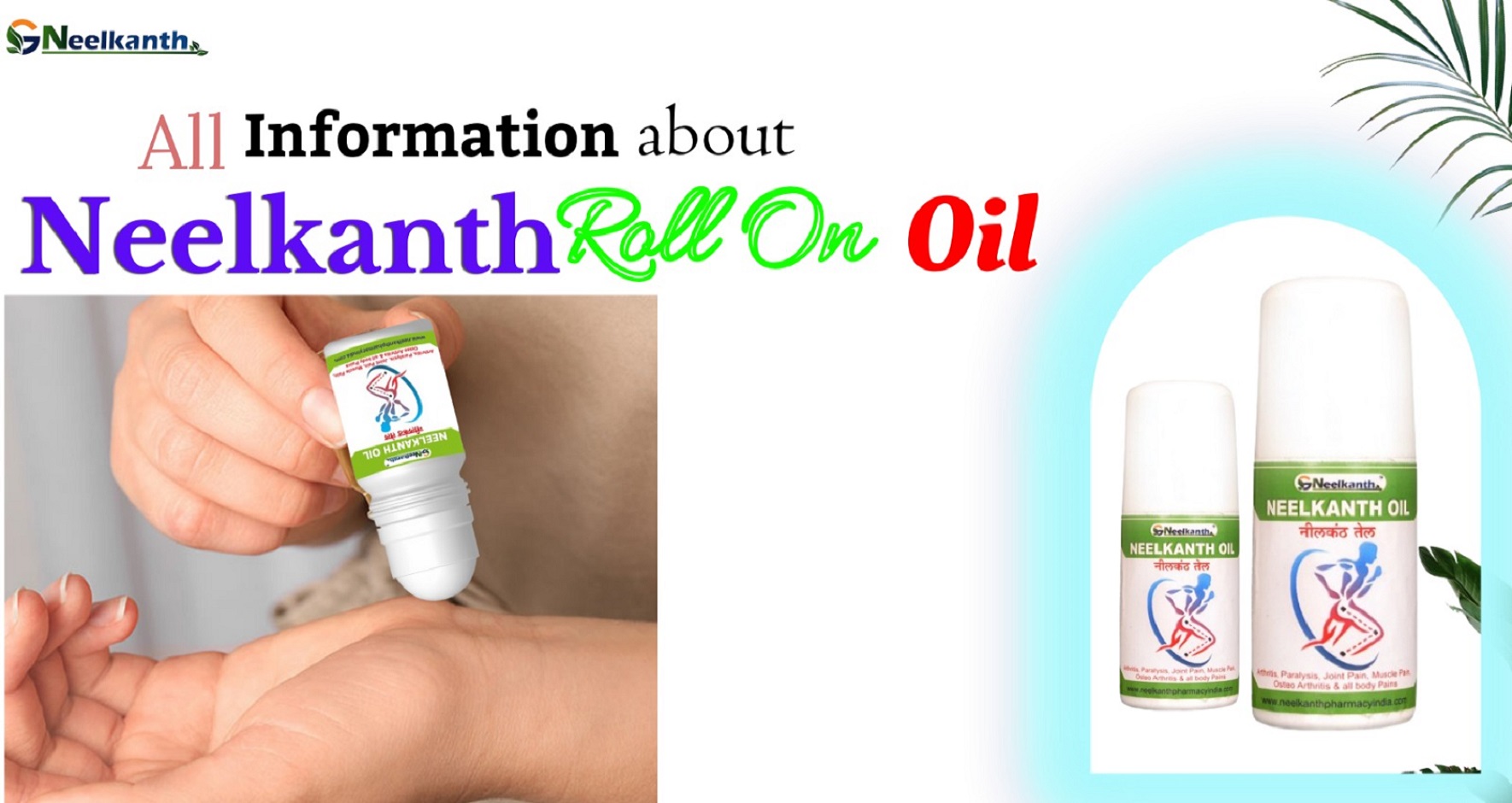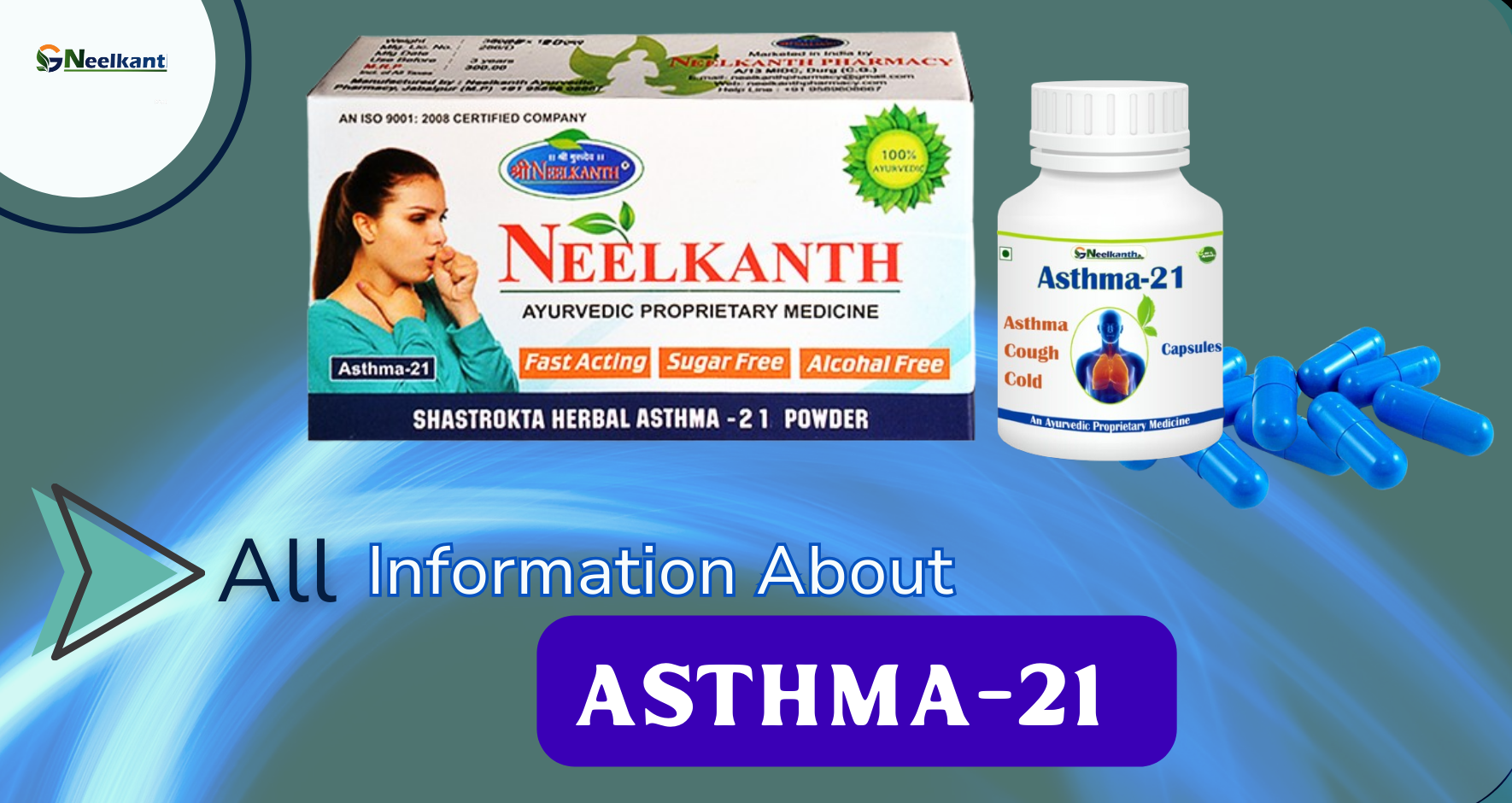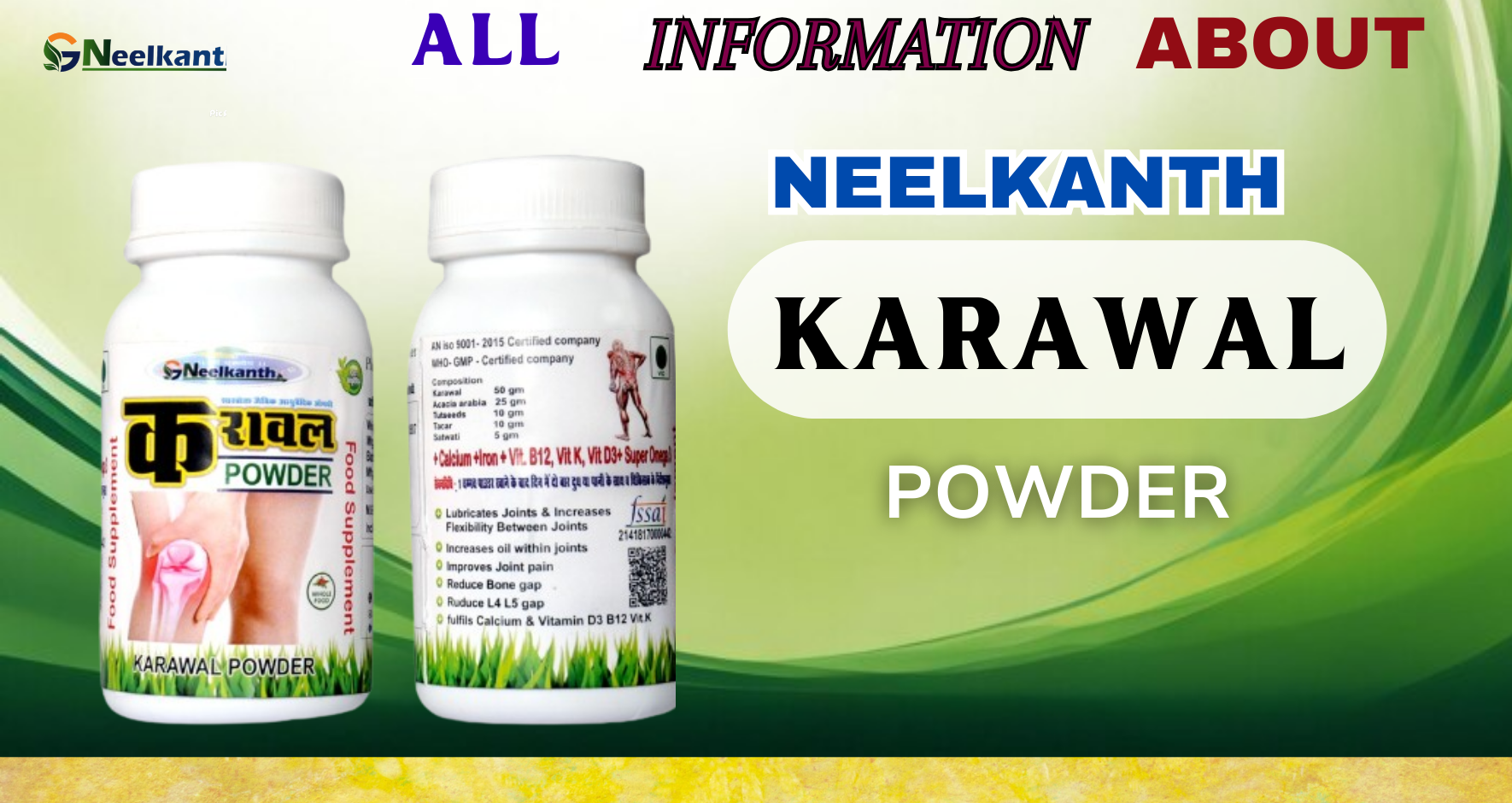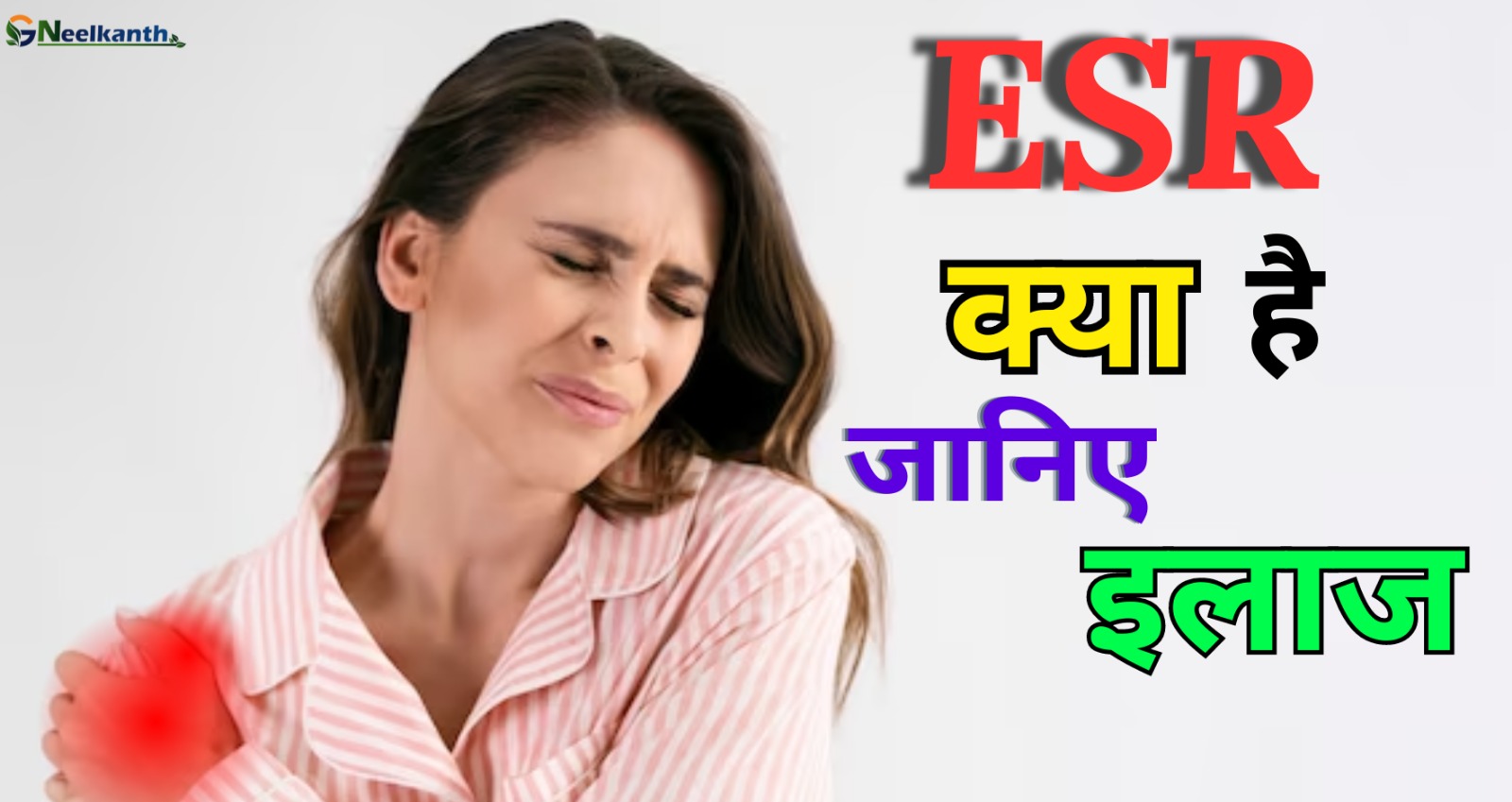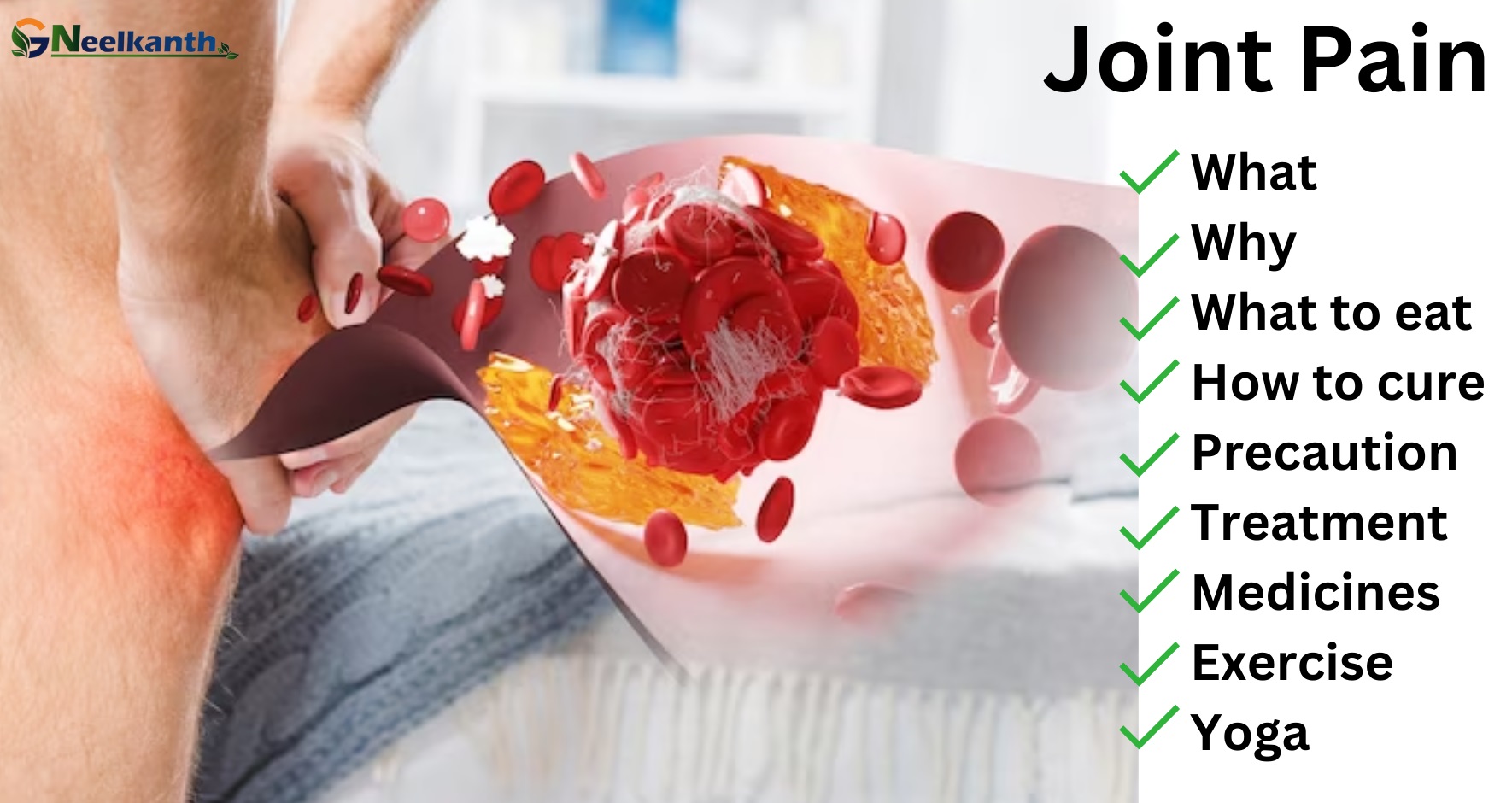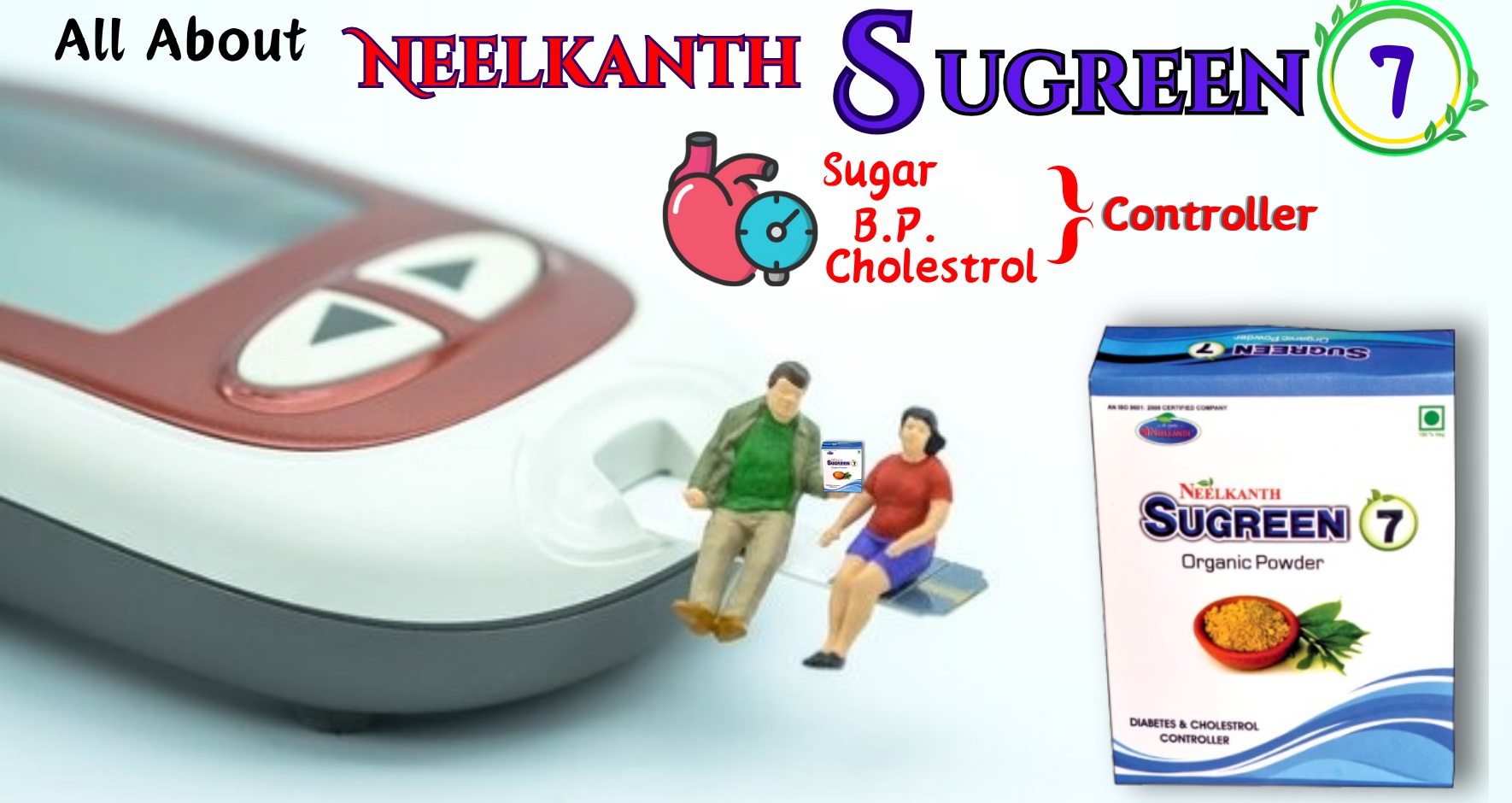
KYON HOTA HAI JODO MEIN DARD
What are Joints?
Before we learn about the different causes of joint pain, let us understand what joint pain means?
Joints are parts of your body where two bones meet. It is because of the anatomy of the joints in the skeletal system that you are able to move your body. There are four main types of joints:
1. Knee joint: The knee joint is formed where the femur (thigh bone) and tibia (large shin bone) meet on both legs.
2. Hip joint:- This ball-and-socket synovial joint forms where the pelvic acetabulum or hip bone meets the head of the femur. It is designed to provide stability and support the weight of the upper body.
3. Shoulder joint: This is also a ball-and-socket joint where the head of the humerus fits into the socket of the scapula.
4. Elbow joint: It is a synovial hinge joint formed by the distal end of the humerus bone and the proximal ends of the ulna and radius of the forearm.
Discomfort, pain or soreness felt in the joints is called joint pain, which is medically known as arthralgia. Joint pain is most often the result of an underlying health condition that restricts your range of movement. Your bone and joint pain can vary from mild to debilitating. Mostly, the severity of joint pain depends on your age.
What
causes joint pain?
1. Joint pain can be caused by some disease or injury to
the joint. Causes of sudden joint pain are most often associated with injury or
trauma. In other cases, a detailed examination and diagnosis is required to
find the root cause of the pain. These pain may arise due to aging, injury, or an
underlying condition such as arthritis.
2. Arthritis: There are two forms of arthritis that can affect your joint pain – osteoarthritis (OA) and rheumatoid arthritis (RA).
3. Osteoarthritis breaks down the cartilage around the joints which acts as a shock absorber, hindering joint movement. It affects joints that are used regularly, such as the hands, wrists, knees and hips. It is usually seen in individuals above 40 years of age.
4. Rheumatoid arthritis is more common in men than women. This gradually wears down and deforms the joints causing swelling, pain and fluid retention. In this case, the body's immune system attacks the membrane lining the joints. Sometimes arthritis is also the cause of sudden joint pain. The onset of arthritis can also affect in the form of intense pain.
5. Gout: Gout is a painful condition where acidic crystals from your body collect in your joint, causing severe pain and swelling. This usually occurs in your big toe.
Bursitis: Usually seen in major joints, bursitis causes the fluid-filled sacs (also called bursae) near the joints to become inflamed.
5. Lupus: This is an inflammatory disease that occurs when the immune system attacks the body's own tissues. Joints are often a commonly affected area.
6. Tendonitis: This is the irritation of the tendons or thick fibrous tissue that connects bone to muscle.
7. Fibromyalgia: This is a condition where widespread muscle pain and tenderness is often accompanied by fatigue as well as sleep and mood issues.
8. Osteoporosis: A condition that causes bones to become weak and more likely to break and become damaged.
In addition, viral infections, rash or fever may make joint movement painful. Injuries, such as broken bones or sprains, can also cause joint pain.
Symptoms
Other symptoms that commonly accompany joint pain include:
joint swelling
knee swelling
numbness in joint
joint tenderness
joint stiffness
What
are the risk factors for joint pain?
Joint pain tends to affect people who have:
Arthritis or other long-term (chronic) medical conditions.
Previous injuries to a joint.
Repeatedly used and/or overused a muscle.
Depression, anxiety and/or stress.
Overweight (having a BMI, or body mass index, greater than 25) or obesity (having a BMI greater than 30).
Age is also a factor in stiff and painful joints. After years of use and wear and tear on your joints, problems may arise after age 45.
What surgical options are available to relieve joint pain?
Surgery may be an option if your joint pain is long-lasting and doesn’t lessen with drugs, physical therapy or exercise.
Surgical options that are available include:
Arthroscopy is a procedure where a surgeon makes two or three small cuts (incisions) in the flesh over your joint. They get into your joint using an arthroscope — a thin, flexible, fiberoptic instrument — and repair your cartilage or remove bone chips in or near your joint.
Joint fusion
Joint fusion is a procedure in which a surgeon fastens together the ends of your bones, eliminating the joint. The surgeon may use plates, screws, pins or rods to hold your bones in place while they heal. Surgeons most commonly perform joint fusions on your hands, ankles and spine.
Osteotomy
During an osteotomy, a surgeon realigns or reshapes the long bones of your arm or leg to take pressure off the damaged portion of your joint. This procedure can help relieve pain and restore movement in your joint.
If other treatments don’t help, you may need joint replacement surgery to replace your joint when the cartilage that cushions and protects the ends of your bones wears away. This can be done for hip, knee and shoulder joints. A surgeon removes parts of your bone and implants an artificial joint made from metal or plastic. This procedure has had excellent results and most people feel long-lasting pain relief after this type of surgery.
In some situations, it is advisable to consult a doctor for joint pain:
When the pain does not subside or go away even after rest, massage, or taking anti-inflammatory medications
When the cause of pain is beyond understanding
If pain is due to infection
Joints are important parts of the body whose mobility makes our daily life activities easy and comfortable. But joint pain can occur due to many reasons such as injury, infection or disease.
When you have joint pain, it may be difficult for you to walk, move around, get up, sit or do daily life tasks. In this situation you should consult a doctor as soon as possible. Doctors can find out the exact cause of joint pain with the help of some tests.
After that, it can be cured with proper treatment. Joint pain is treated in many ways. Generally, to overcome the problem of joint pain, doctors start the treatment process by selecting the type of treatment keeping in mind the cause, type, severity and age and overall health of the patient.
frequently Asked question
When should I worry about joint pain?
If your joint pain is caused by an injury or if it is interfering with your daily activities, you should seek medical help immediately.
What are the common causes of joint pain?
Common causes of joint pain include osteoarthritis, rheumatoid arthritis, bursitis, lupus, osteoporosis, and injury.
How to cure joint pain at home?
You can relieve joint pain
doing regularly ,low-impact exercises
hot and cold compresses
Eating more fiber
Maintain or taking a healthy diet
avoiding late meals at night.
Deficiency of which vitamin can cause joint pain?
Vitamin D deficiency can cause joint pain and related problems.
Avoid these things IF you have JOINT PAIN!!!
If you have or are likely to have joint pain , you should avoid the following food items :-
* Alcohol
* Trans-saturated foods
* Fried foods
* Soft drinks like pepsi
* Sugar
What
to eat in joint pain ?
The following food are beneficial for joints and also help in keeping them flexible:-
Olive oil/mustards oil- It's help in reducing pain.
Salmon - Omega 3 fatty acid are found in abundance in some types of fish.
Their healthy fats prevent inflammation and provide relief from joint stiffness.
Cherry - It provided relief from the symptom of joint pain and also reduce the pain.
GREEN TEA - It reduces joint swelling.
Other beneficial food for joint pain are onion ,cabbage ,capsicum, mushroom ,Kiwi ,papaya ,pineapple ,citrus fruit, Ginger etc..
Prevention
It is very important to control your weight to avoid joint pain, because when we are overweight, there is excessive pressure on our joints due to which the joints start deteriorating prematurely.
To keep joints healthy, we should give utmost importance to nutritious food in our diet. Consuming foods containing milk, Vitamin E, and Omega-3 is very beneficial for our bones and joints. Use Neelkanth.JST-D9 made with natural ingredients helps in reducing joint pain , muscle pain , joint swelling . massaing with Neelkanth.Oil-Roll Onon sensitive parts of the body is another effective treatment for arthritis .Massaging with Neelkanth-oil roll on increases blood circulation in the body and improves immunity.
We have to take special care of food, but along with that, regular exercise should also be included in our lifestyle. So that we can get relief from joint pain.
You can also use hot or cold compresses to relieve pain. Because hot compress improves blood circulation whereas cold compress gives relief from swelling and prickling sensation.
Dr Rajesh k Aggarwal





